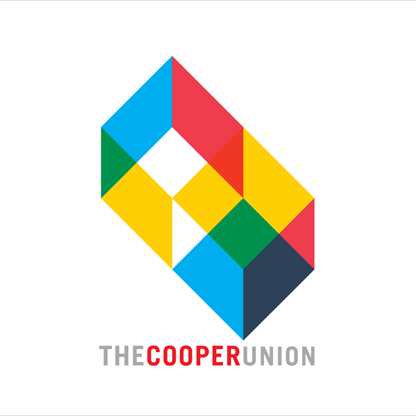
The Cooper Union
- Counsel on mission, organization design, institutional positioning and development.
- Organization and management of a strategic planning process.
- Development of a long-term financial plan.
Background
Founded in 1859 by Peter Cooper, one of America’s foremost inventors, industrialists and investors, The Cooper Union was one of the first colleges to offer a full-scholarship education to both men and women from working-class families, long before such access to education was widely available.
Still maintaining a strong scholarship policy, the college, which is located in Greenwich Village in New York City, is now comprised of three distinguished schools: the School of Art, the Irwin S. Chanin School of Architecture, and the Albert Nerken School of Engineering. In addition, The Cooper Union has a growing array of public programs. Many are centered in the historic Great Hall of the Foundation Building, the college’s original structure, which was built under Peter Cooper’s supervision.
AKA's Approach
Our early work with The Cooper Union was focused on clarifying its strategic position and refining its financial planning and approach to resource allocation. Under the leadership of President John Jay Iselin, these assignments led, over time, to our providing counsel in organizing and managing a strategic planning process that involved the entire community; crafting a new mission statement; setting a new set of institutional priorities and objectives; reshaping capital development initiatives; and designing new approaches to communications and visibility. We also assisted with a number of questions related to organization design and outreach, and we developed a long-term financial plan for the institution.
We worked closely with the chairman of the Board of Trustees as well as with President Iselin, deans, and senior executive staff throughout our engagement.
Outcomes
Our work with The Cooper Union led to a significant strengthening of its institutional platform. The college considerably sharpened its mission and program structure; it did much more to connect curricula across its three schools; and it saw record increases in the depth and quality of the admissions pool (increasing the number of applications more than three-fold).
During the period we worked with The Cooper Union, it increased its annual fundraising receipts more than five-fold and doubled its endowment. It also undertook a significant building improvement program, including the complete exterior restoration of the Foundation Building. The Cooper Union gained significant new visibility and regard both within the greater New York metropolitan region and across the country.
These interrelated assignments with The Cooper Union demonstrate the benefits of sustained, long-term strategic thinking. In changing and substantially strengthening its programs, finances, physical plant, and communications strategy, The Cooper Union transformed both its strategic situation and its institutional culture.

